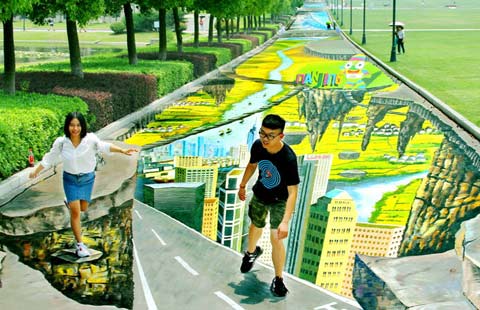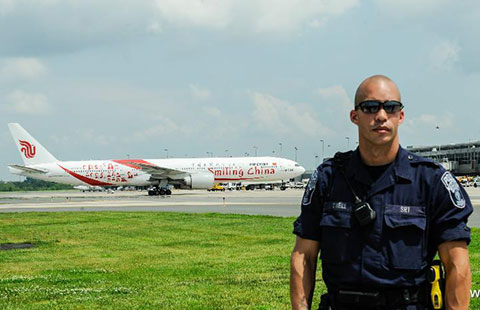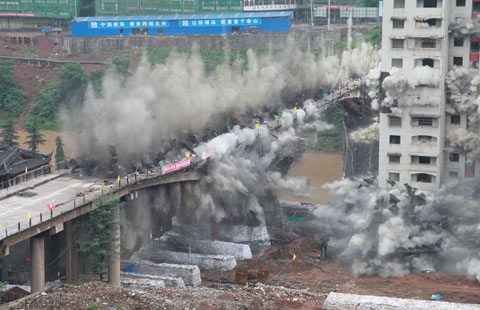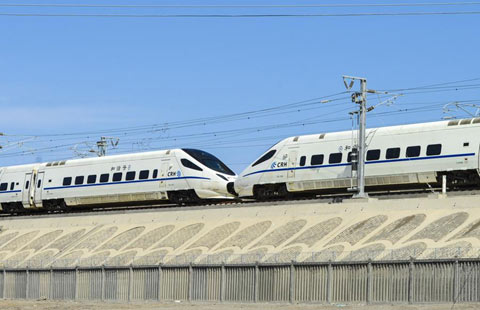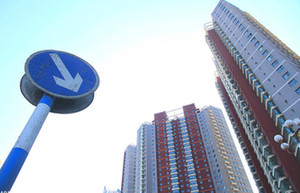Relics from the past link region to ancient traders
By Li Yang (China Daily) Updated: 2014-06-12 06:54Li Shichuan, a historian and retired director of the Qinzhou Museum, says it is important to draw historical lessons from Qinzhou's history "when we intend to revive the Maritime Silk Road of the 21st Century."
The thousands of Han Dynasty-era tombs around Qinzhou and the shards of pottery and ancient utensils from Arabia, Europe, India and Persia that have been excavated in Qinzhou are testimony to its past glories.
Qin Shihuang, the first emperor of the Qin Dynasty, sent his soldiers to guard southern China after uniting the region with the north. The soldiers dug a 34-kilometer canal called Lingqu, connecting the upper reach of the northward Xiangjiang River in Hunan and the upper reach of the southward Lijiang River in Guangxi.
The creative project created a convenient waterway connecting northern and southern China.
With its ideal inland sea and 45 km of deep water coastline, Qinzhou is the best natural port not far from the mouth of Nanliu River, a regional river connecting Lijiang River through Xijiang River.
According to Li's research, in the era before the compass was invented, the Qin people sailed out of the Nanliujiang River to the Beibu Gulf and went along the coast to the mouth of the Dafengjiang River to keep from getting lost.
"They dug another 10-km canal connecting the west bank of Dafengjiang's mouth to the Qinzhou port," he said.
The waterway started declining after the harbors in Quanzhou of Fujian province and Guangzhou of Guangdong province appeared hundreds of years later.
The deserted ancient canal still exists as part of local farmers' irrigation systems.
Local villagers built a temple in the old port, which is called Xiniujiao today, to memorialize Qinzhou's history.
Mo Yuhong, a 72-year-old gateman at the temple, lamented that the best places along the coast of Qinzhou's inland sea have been taken over by factories and that the mountains are covered with eucalyptus urophylla, a fast-growing tree promoted by the Indonesian papermaking enterprise in Qinzhou.
"The polluters are not far from the Dafengjiang River mouth, home to Chinese white dolphins, and the crazy trees eat up the nutrition and water in the red soil," said Mo. "The soil has become poorer and poorer. We cannot plant other things in the soil destroyed by the fast-growing eucalyptus."
The 8th Pan-Beibu Gulf economic cooperation forum, with a theme of the Maritime Silk Road, was held in Nanning, capital of Guangxi, on May 15, shortly after an anti-Chinese riot in Vietnam.
Li and Mo both said that China needs to reflect on its assistance and investment in these countries and redefine bilateral ties with them during the development of the new Maritime Silk Road.
|
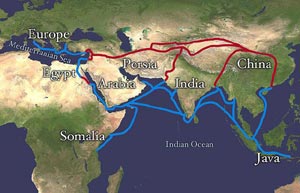 |
 |
| Revival of ancient Silk Road 'essential' for Asian nations | Kazakh students say Silk Road will pave way for career openings |
- China, Italy in nuclear power cooperation
- American Airlines now flies direct from Shanghai to Dallas
- Qinzhou banks on new Maritime Silk Road
- Mobile Asia Expo opens in Shanghai
- Customer service 'leaves shoppers cold'
- Dutch dairy companies eyeing growth in China
- China, Italy map out three-year cooperation plan
- Top 10 industries with most generous private employers


